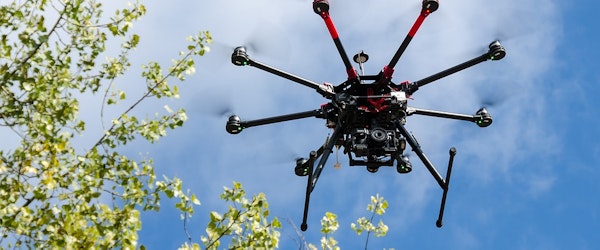
Delivery Drones Are Expanding Rapidly as Safety, Cost, and Regulatory Challenges Persist
Thursday, August 14th, 2025 Legislation & Regulation Property Risk Management TechnologyDelivery drones are moving closer to becoming a standard delivery option for millions of U.S. households. Recent action by the Federal Aviation Administration (FAA) proposes easing restrictions that currently limit drones to line-of-sight operation. If adopted, the new rule could accelerate drone deployment across more regions. Companies like Walmart, Amazon, and DoorDash are already piloting drone deliveries in Texas, Florida, North Carolina, and other states through partnerships with drone manufacturers such as Wing, Zipline, and Flytrex.
This growing momentum highlights both the potential and the complexity of drone delivery. Drones offer unique advantages, such as quick delivery times, lower emissions, and better access for rural areas. However, the service remains costly—averaging $13.50 per delivery—and can be hampered by weather conditions and the need for specialized personnel. Public feedback has also raised concerns about drone noise and potential privacy violations.
Despite these challenges, the appeal of drone delivery is growing. Some restaurants and retailers report an increase in overall delivery orders after launching drone options. Consumers, especially in pilot markets like Frisco, Texas, are increasingly embracing the technology for small, fast orders like ice cream or eggs. Many see it as a convenient and even fun alternative to traditional delivery.
While drone delivery is unlikely to replace human drivers entirely—particularly for large or heavy items—it’s becoming a valuable part of the logistics mix. As technology advances and regulatory frameworks mature, drones are expected to play a more prominent role in reshaping how everyday goods reach consumers.





